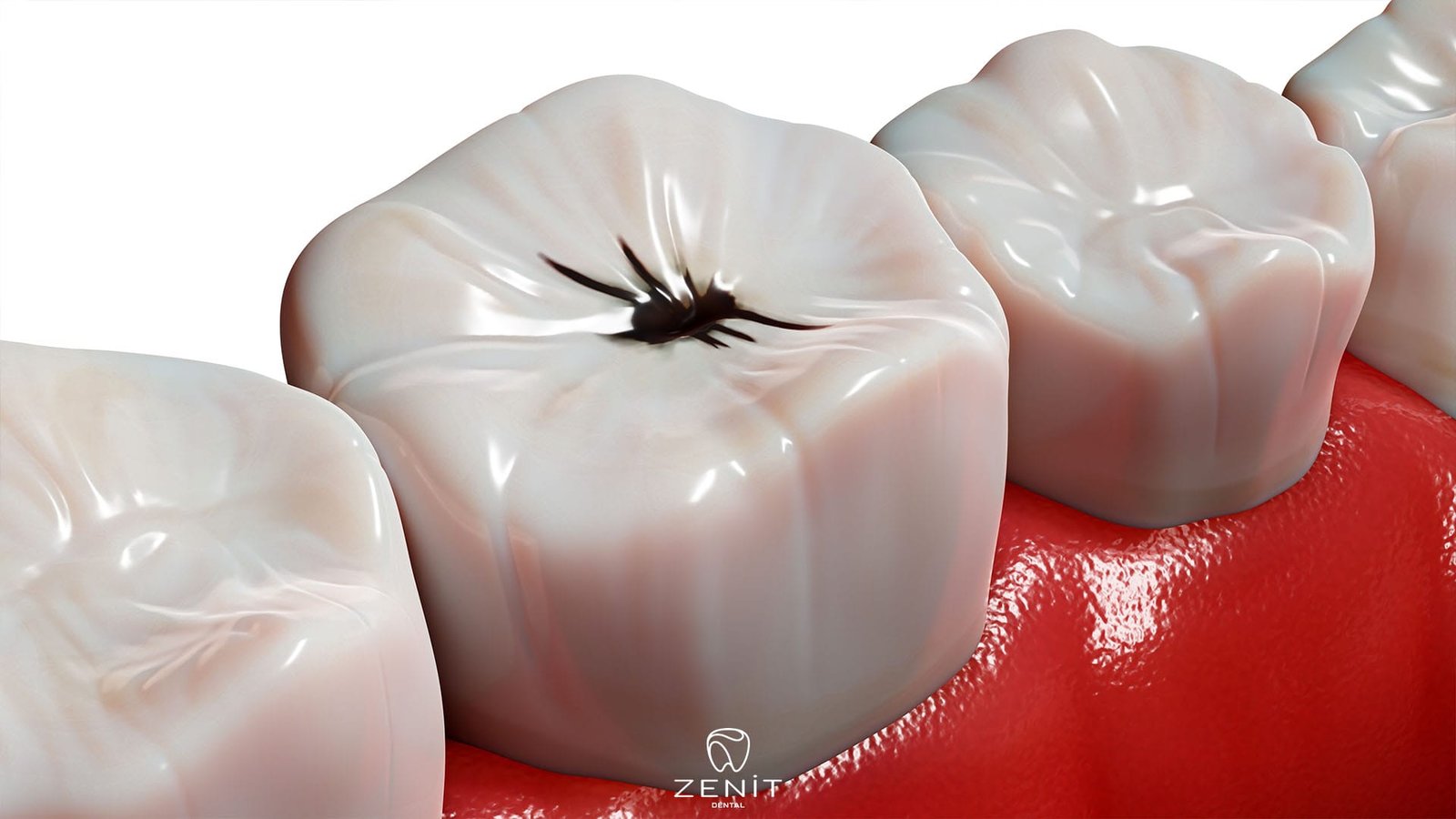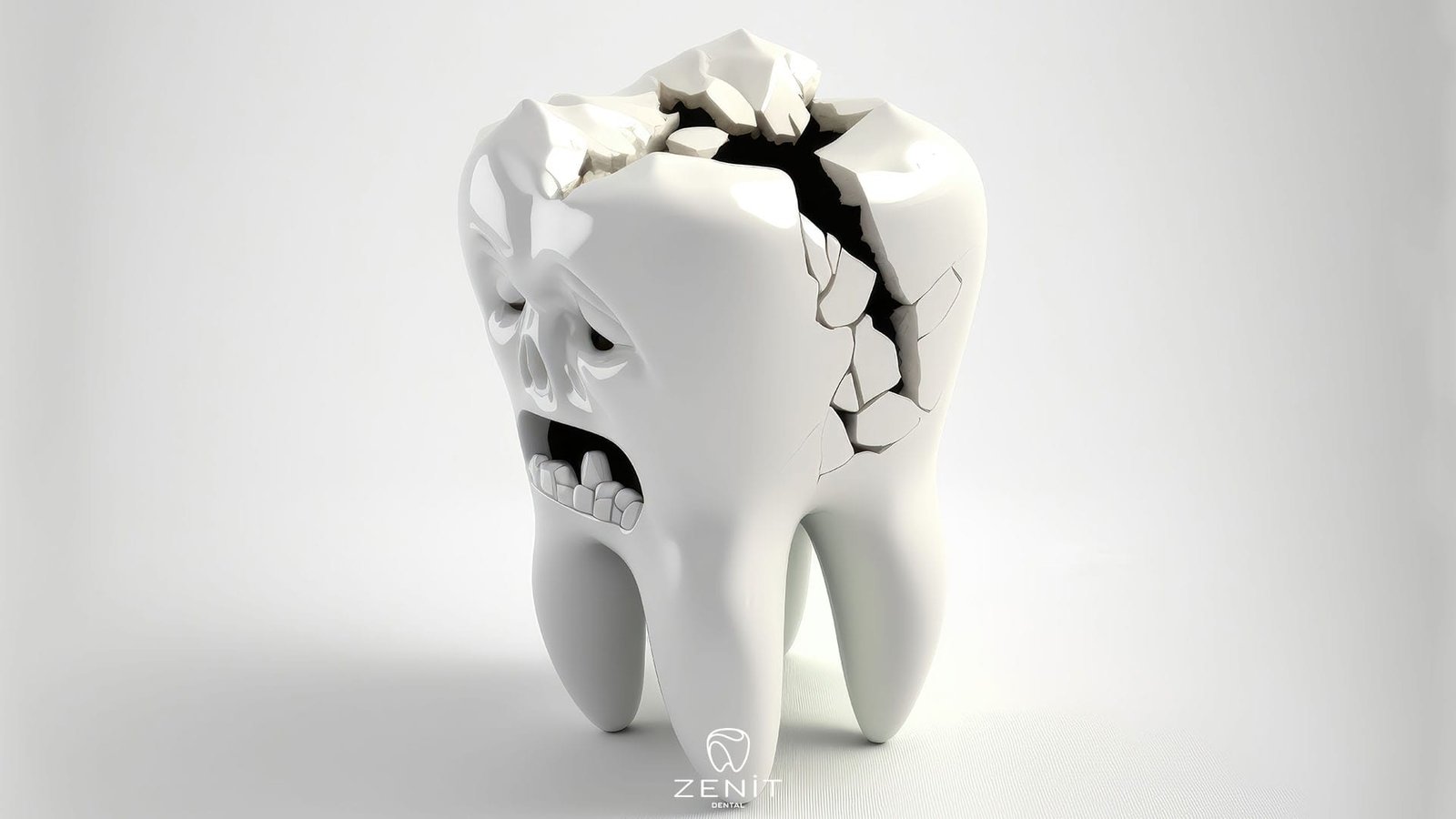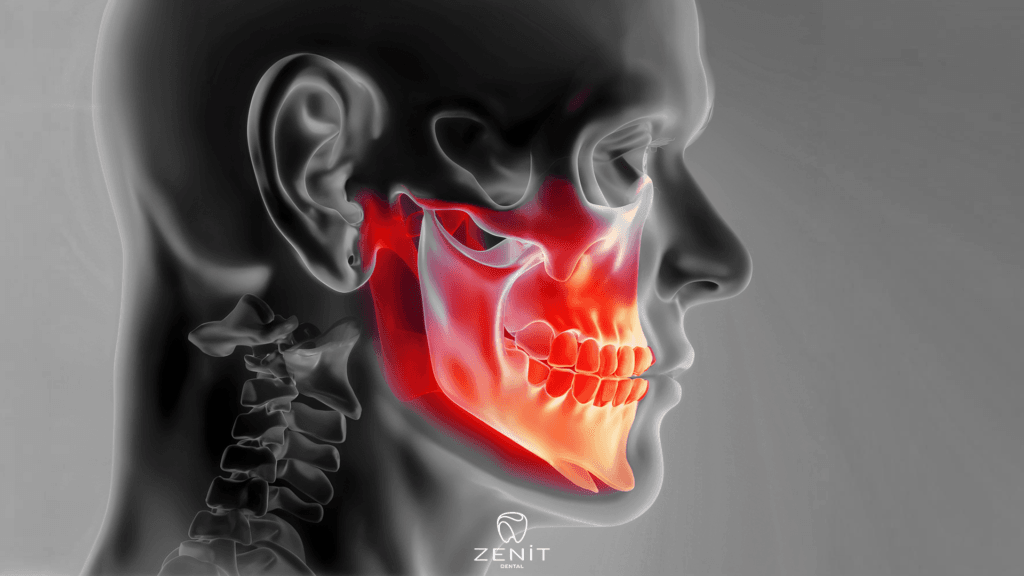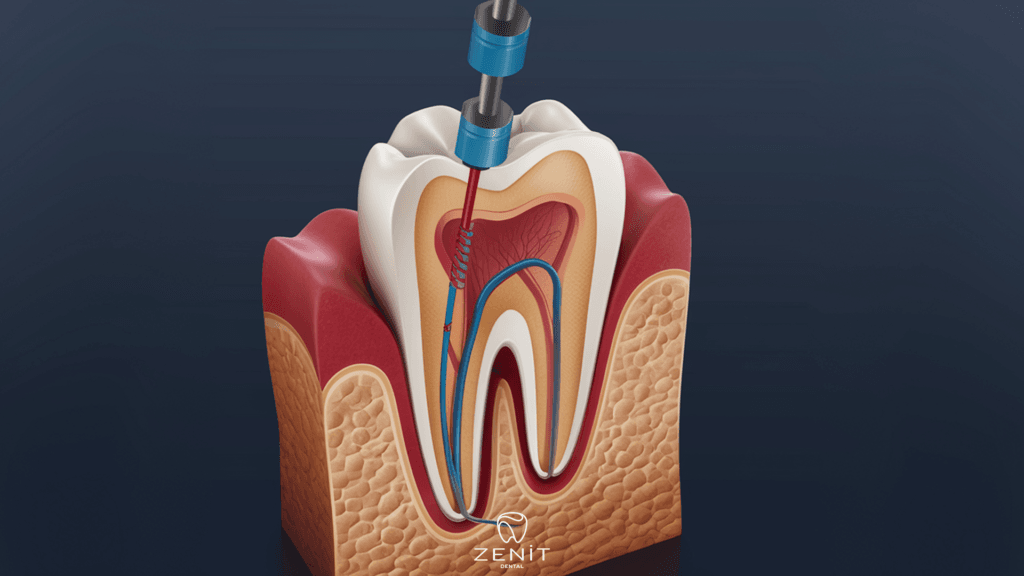The Causes Of Tooth Decay
Tooth decay is considered one of the most common health problems worldwide and can affect people of all ages. This issue begins with the erosion of tooth enamel and progresses over time, spreading to the inner tissues of the tooth. The causes of tooth decay, the process of its formation, and measures that can be taken to prevent it can be examined across a wide spectrum.
One of the primary causes of tooth decay is the acid release caused by bacteria present in the mouth. These acids form as a result of consuming sugary and carbohydrate-rich foods, weakening the tooth enamel. Acid release triggers mineral loss in the tooth enamel, accelerating the formation of decay. Additionally, when regular dental hygiene is not maintained, food debris and plaque accumulate on teeth, facilitating decay formation.
The process of tooth decay formation generally follows a specific sequence. Initially, the enamel layer on the tooth surface is damaged by acid release, leading to mineral loss. This may result in the formation of small lesions or cavities on the tooth surface. Over time, these lesions enlarge and progress towards the inner tissues of the tooth. If decay is left untreated, problems such as tooth pain, sensitivity, and infection may arise.

The Causes Of Tooth Decay
-Dietary Habits:
- Consumption of foods and beverages containing sugar and starch increases the production of acid by bacteria in the mouth, leading to erosion of tooth enamel and increased risk of decay.
- Excessive consumption of acidic beverages and fruit juices weakens tooth enamel and increases the risk of decay.
-Oral Hygiene:
- In individuals who do not practice regular tooth brushing, flossing, and mouthwash use, bacterial plaque can accumulate on the tooth surface, leading to decay formation.
- Accumulation of plaque and tartar between teeth and below the gumline prepares the ground for tooth decay.
-Genetic Factors:
- The genetic makeup of some individuals can affect the resistance and quality of tooth enamel, thereby increasing the risk of decay.
- In individuals with a history of tooth decay in the same family, the role of genetic factors is more pronounced.
–Saliva Characteristics:
- Saliva is a natural barrier that protects tooth enamel and provides defense against acid attacks. However, a decrease in saliva production or poor-quality saliva can increase the risk of decay formation.
Process of Tooth Decay Formation
–Mineral Loss:
- Consumption of foods containing sugar and starch leads to the formation of acid on the tooth surface, causing the mineral structure of tooth enamel to dissolve.
- Mineral loss creates initial lesions on the tooth surface and prepares the ground for the formation of bacterial plaque.
-Plaque Formation:
- Following mineral loss, bacteria form a sticky layer called plaque on the tooth surface. Plaque can advance down to the dentin layer beneath the tooth enamel.
-Dentin Decay:
- As plaque progresses towards the inner tissues of the tooth, it affects the dentin layer, leading to decay in this area. At this stage, pain and sensitivity begin.
-Pulp Damage:
- Decay can penetrate through the dentin layer to reach the living tissue inside the tooth (pulp). In this case, infections and pain can worsen, and tooth loss may occur.

Prevention of Tooth Decay
-Regular Oral Hygiene:
- Brushing teeth at least twice a day, using dental floss, and mouthwash helps prevent plaque formation and reduces tooth decay.
- Regular visits to your dentist for check-ups are important for early diagnosis and treatment.
-Healthy Eating Habits:
- Limiting snacks containing sugar and starch reduces the formation of tooth decay. Increasing intake of calcium, phosphorus, and other minerals with a balanced diet supports dental health.
-Fluoride Usage:
- Fluoride strengthens tooth enamel and prevents decay. Using fluoride-containing toothpaste and mouth rinses is effective in maintaining dental health.
Conclusion
Having healthy teeth and gums is a significant indicator of our overall health and directly impacts our quality of life. Therefore, being aware of preventive measures such as regular oral hygiene, healthy eating habits, routine dental check-ups, and fluoride usage is of great importance.
Regular oral hygiene is a fundamental step in preventing tooth decay. Brushing teeth at least twice a day removes plaque and food debris, thus preventing bacterial growth and acid formation. Additionally, using dental floss reduces the formation of tooth decay by cleaning plaque accumulated between teeth. Mouthwash can also help prevent tooth decay by reducing the amount of bacteria in the mouth.
The Causes Of Tooth Decay The Causes Of Tooth Decay The Causes Of Tooth Decay The Causes Of Tooth Decay The Causes Of Tooth Decay The Causes Of Tooth Decay The Causes Of Tooth Decay The Causes Of Tooth Decay The Causes Of Tooth Decay The Causes Of Tooth Decay






